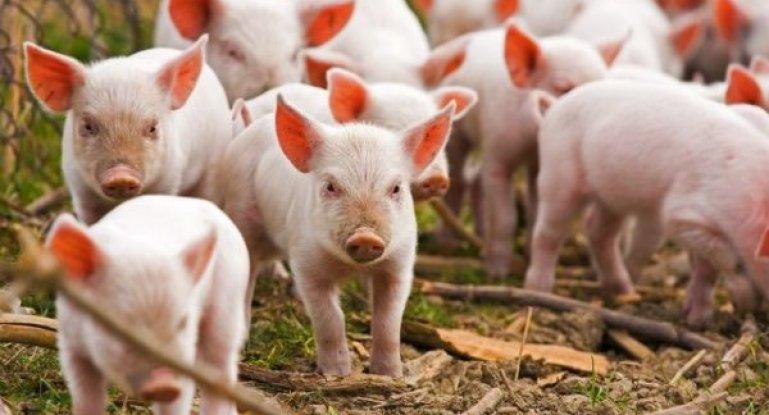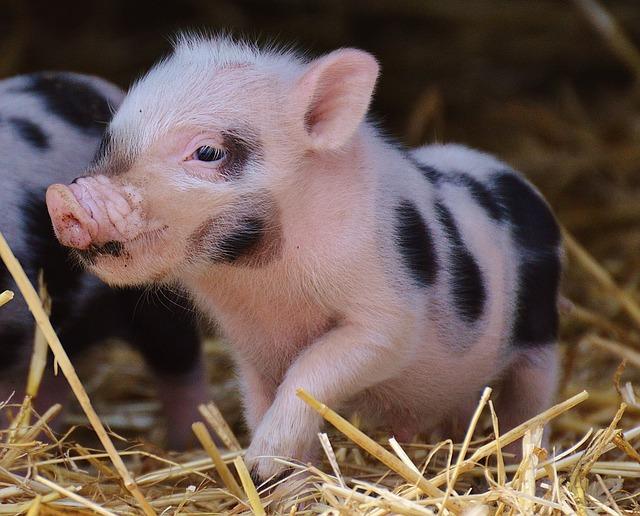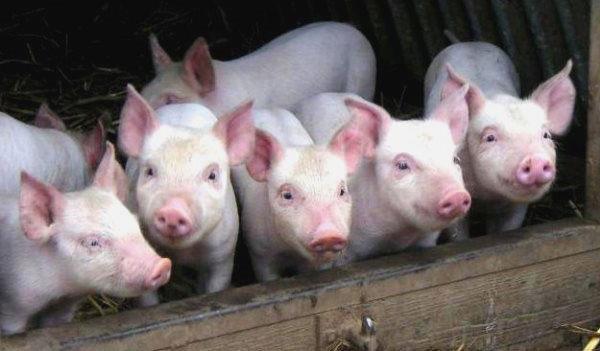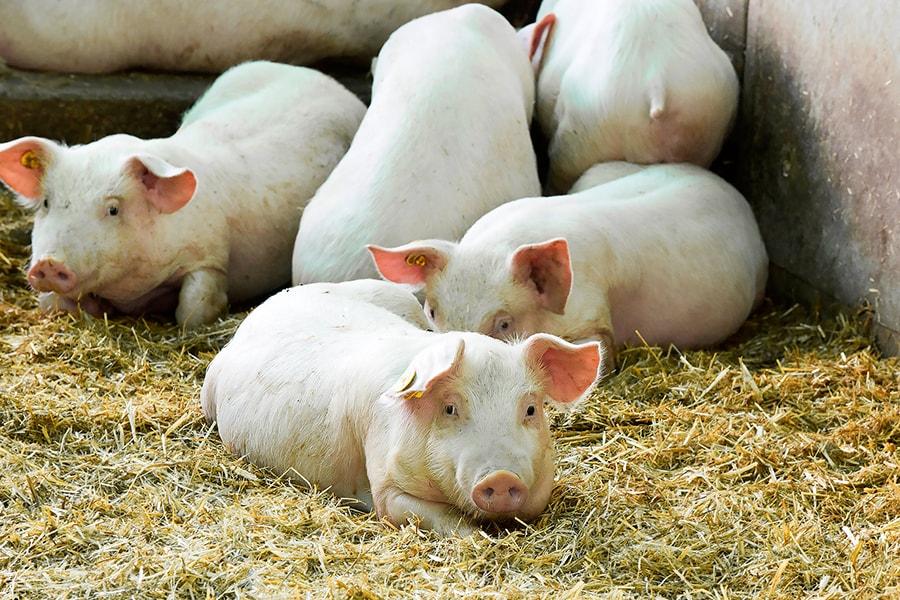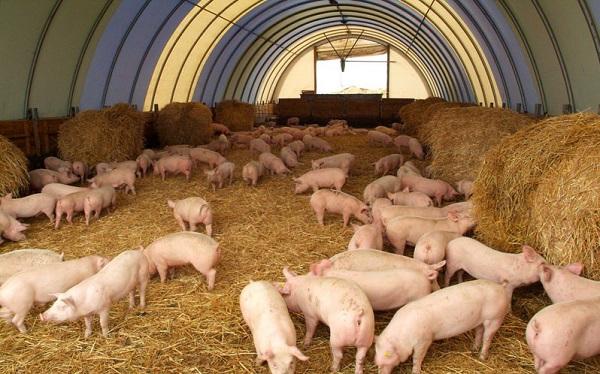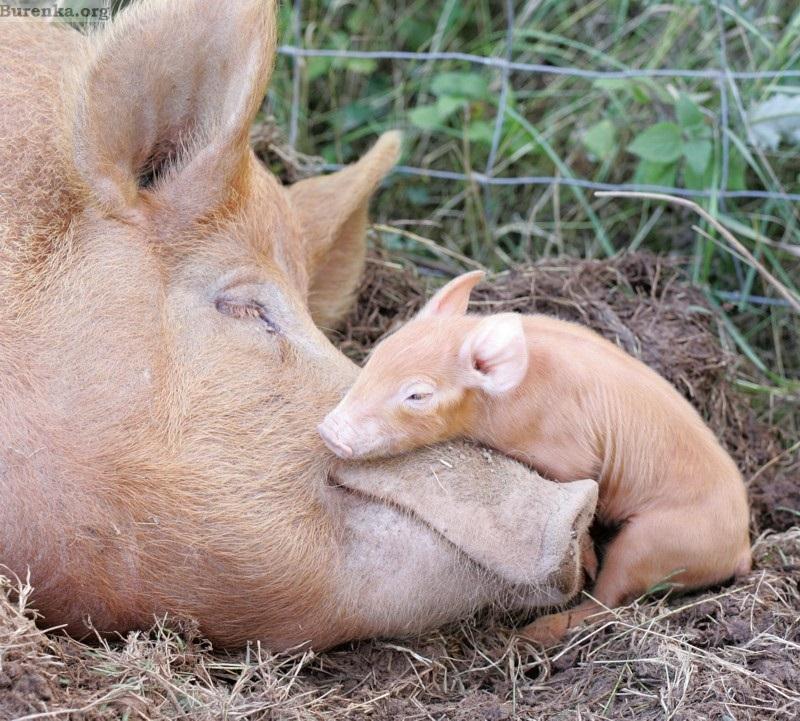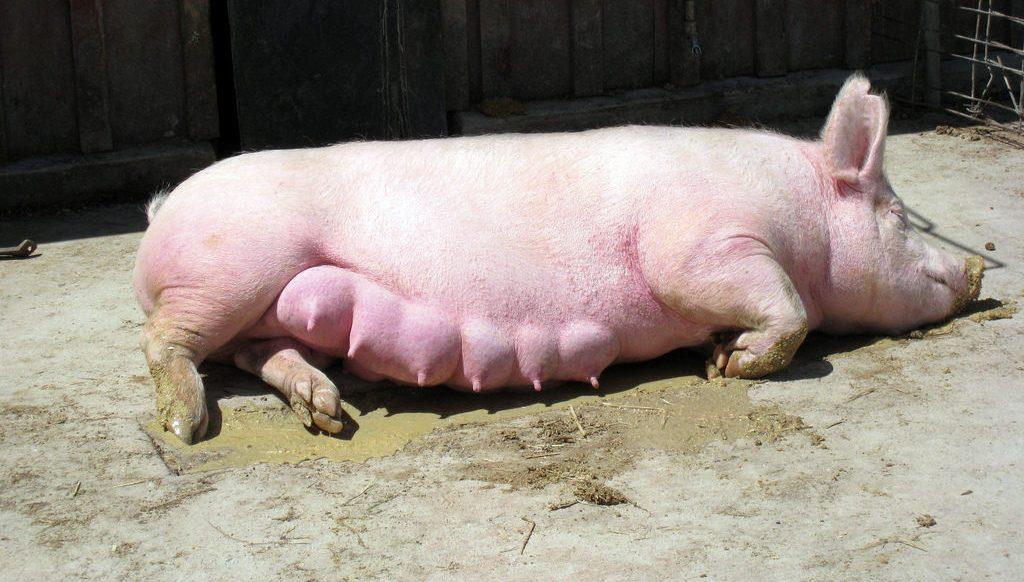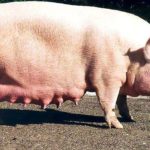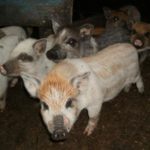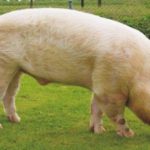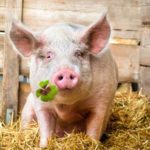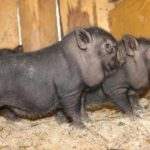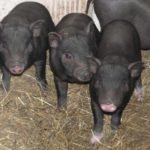Farms in developed countries use different methods for raising animals, which differ in their approach to keeping and feeding. To breed pigs for the purpose of selling meat, you must first find and equip a room, provide ventilation and good lighting. To organize a mini-farm, in addition to creating optimal conditions and studying the characteristics of keeping animals, it is necessary to choose the right piglets.
- Is it profitable to raise pigs at home?
- Business Disadvantages
- For which regions is it suitable?
- Approximate starting capital
- Legal registration of a pig breeding business
- Breed selection rules
- Meat-fat
- Greasy
- Bacon
- Buying piglets
- Required real estate and equipment
- Care and maintenance of pigs
- Organization of feeding
- How do pigs reproduce?
- Staff
- Sales of products
Is it profitable to raise pigs at home?
The demand for meat remains and even increases, as supplies from abroad decrease, rural residents move to cities and stop raising animals. Pig farming requires financial investments:
- for the purchase of land;
- arrangement of the premises;
- for the purchase and vaccination of young animals;
- for the procurement of feed and medicines.
Money will be needed to install a ventilation system, for electricity, for salaries of workers caring for piglets, and for transporting meat for sale. To make the room easier to clean, floors with slots are made or concrete baths with a drain are built. The profitability of pig farming is at least 20%, while from raising chickens the net income does not exceed 15%, and from cows - even lower.
Piglets grow up in less than a year. In 3.5 months, the female bears 5–8, and sometimes 10 cubs. The carcass produces 90% fat and meat, which is always in demand. Pigs eat whatever is fed to them, while cows need hay, rabbits need fresh grass, and chickens need special food.
Business Disadvantages
Breeding each type of animal has its own nuances. Caring for piglets and cleaning the premises is not very pleasant. The process takes a lot of time and labor. The female who gave birth and the piglets must be kept separately and provided with careful care, otherwise the offspring may not survive.
Pigs often contract the infection, which leads to the death of the livestock. To prevent this from happening, animals must be vaccinated, which requires money. When maintaining, you must strictly adhere to sanitary standards.
For which regions is it suitable?
Meat and fat pigs are in demand in the North, Siberia, and Khabarovsk Territory. In the southern regions, forest-steppe, the Mirgorod breed can be bred, which produces large offspring; in the middle zone, animals of this breed require an insulated room.
Vietnamese pigs can be kept comfortably at home as they require a smaller space. To create a farm, it is not necessary to bring highly productive piglets from afar, because you will have to spend money on transportation. Meat is quickly sold out everywhere; pig farming can be done in any region, provided the right breed is chosen.
Approximate starting capital
To develop your business, you shouldn’t immediately buy a hundred heads of pigs. You can purchase only 10 piglets, which will require at least 30 thousand rubles. You need to spend 50–60 on the construction and equipment of the premises. Feed for pigs will cost 40,000, another 3-4 need to be paid for vaccination of piglets. The initial capital for creating a mini-farm will be from 120 thousand, and this is not such a lot of money that pays off in a year.
Legal registration of a pig breeding business
To ensure that the animal owner receives fewer visits from regulatory authorities and is not issued fines, it is necessary to collect papers for legal registration. If there are more than a hundred animals, you will have to register as an LLC or individual entrepreneur, and indicate the type of activity: raising pigs for meat. If the number of piglets is small, you can set up a mini-farm as a homestead farm.
Breed selection rules
Every person who decides to engage in livestock farming must know for what purpose he is doing this, what product he is going to sell.
Meat-fat
Pigs of the universal type have a harmonious physique, a wide, elongated body, muscular legs, and a dense belly. The piglets quickly gain weight and produce high-quality and tasty meat. After slaughter of an adult animal, up to 37% fat is present. Farmers more often breed Siberian, Northern, and Ukrainian White breeds, since piglets produce up to 60% of the meat.
Greasy
Mirgorodskaya, Meyshan, large black have a wide body, strong chest, dense ham, and ganache. Muscles in greasy piglets stop developing by 6 months, and fat accumulates at an accelerated rate. Animal carcasses contain less than 50% meat, and up to 45% lard.
Bacon
Piglets, whose chest girth is smaller than the openings of the elongated body and rather massive hams, quickly build muscle, fat is deposited slowly. Six-month-old bacon pigs weigh about 100 kg, 75% of the carcass is meat. Farmers prefer to grow landrace, pietrain, and urzhum.
Buying piglets
For further fattening, you need to choose the right cub. He must weigh at least 5 kg and be at least a month old. With proper nutrition, the weight of a healthy pig increases 3 times in 30 days.
When choosing a pig, you need to pay attention to:
- on the condition of the eyes;
- color of mucous membranes;
- leg length;
- head shape.
You should not buy a pig with dried excrement on its butt, as this indicates diarrhea, and a sick baby may not survive. Stiff bristles appear on the body during scabies.
An animal with short legs and a light head should be selected for fattening for lard or bacon, while those with tall legs should be chosen for meat production. It is better to buy wild boars and pigs in more than one place, otherwise weak offspring will be born. Active, healthy piglets with curled tails have an excellent appetite; while feeding, they push and snatch food.
Required real estate and equipment
Opening even a small farm will require permission. A pigsty cannot be kept within the city, near a source of drinking water. The housing for piglets must meet certain requirements:
- The optimal temperature for keeping pigs is 18–25 °C. If in winter the mercury drops to 12, the pigsty is insulated.
- The minimum ceiling height is 2.5 m.
- Opening windows are installed for ventilation.
- It is recommended to plaster the walls, whitewash them with lime, and, in cold regions, cover them with boards.
- A separate corner is set aside for feeding, and a walking area is fenced off for the pigs.
You cannot leave a concrete floor in the room; it should be covered with wooden panels, and cracks should be made, which will prevent dirt and waste products from accumulating.
According to sanitary standards, 1 adult piglet requires 3–4 m2, for a pregnant female - 5. The area of a pigsty for 10 heads should be about 60 m2. It is convenient to heat the room using heat generators. In the area for piglets, it is recommended to lay out mats into which water is supplied from the boiler, install warming lamps, and drinking bowls.
The premises for pigs are equipped with a feed loader or a chain-and-washer conveyor for liquid food, a system for removing manure, and a water supply.
Care and maintenance of pigs
In order for piglets to quickly gain weight, in addition to creating optimal indoor conditions, you need to know how to properly care for them. For beginning farmers, simpler methods of keeping pigs are suitable.Using Canadian technology, a voluminous bedding is constructed from sand, sawdust and straw, which warms the piglets during the cold period. The method is suitable for both large farms and homesteads.
To reduce the time required to care for pigs and reduce the specific smell, Danish technology is used, in which cracks are made in the floor, and baths are installed under it, into which the remaining manure and waste products of piglets flow. Once a month the room must be disinfected.
Organization of feeding
Pigs that are raised for sale are given not only food waste and vegetables, but also feed containing vitamins and microelements, and the animals are given clean water to drink. Piglets' appetite increases if they walk outside.
How do pigs reproduce?
To breed offspring, the owner of the livestock must study the features of farrowing and caring for the sow. The diet of a young female used for reproduction should include:
- corn;
- roots;
- cake
In the last stages of pregnancy, roughage is replaced with bran, flour, and silage. They give the pig chalk and table salt. They feed the queen three times a day, making sure that she does not overeat. Newborn piglets are applied to the nipples, the babies feed on colostrum for the first days.
An aggressive sow is removed, the cubs are brought to another female or carefully accustomed to cow's milk.
Staff
If there are a lot of animals, the owner cannot cope with them and is forced to hire workers. For 200 piglets, 3-4 employees will be required who will be involved in fattening, cleaning the premises, loading hay, weighing pigs, and sending them to slaughter. The veterinarian is obliged to monitor the health of animals, promptly vaccinate piglets, and prevent diseases.The livestock specialist is responsible for the maintenance regime and breeding of pigs.
If the farmer does not have enough time to prepare reports, he will have to hire an accountant at least ½ rate.
Sales of products
To sell meat or lard, you need to obtain quality certificates and have a veterinary service report in hand. You can supply pork to stores, sell it in your own kiosk or pavilion open at the market. For large volumes of products, producers sign contracts with meat processing plants and slaughterhouses.
In the first years, the proceeds from the sale of piglet meat should be invested in improving the farm and purchasing equipment. The costs will quickly pay off, and the business will generate a stable income.

